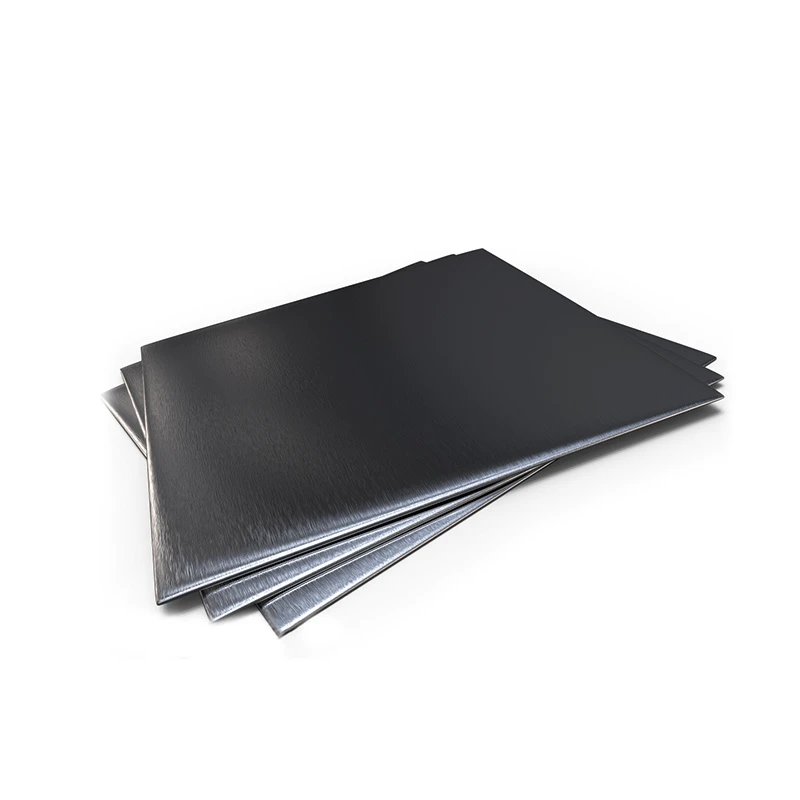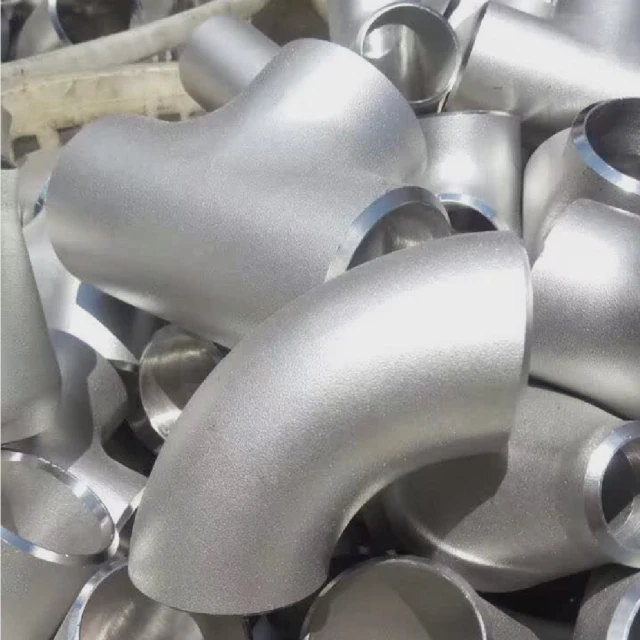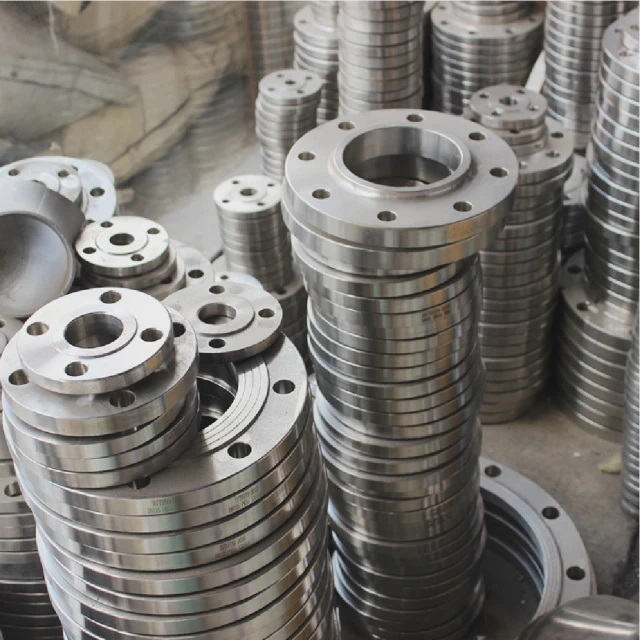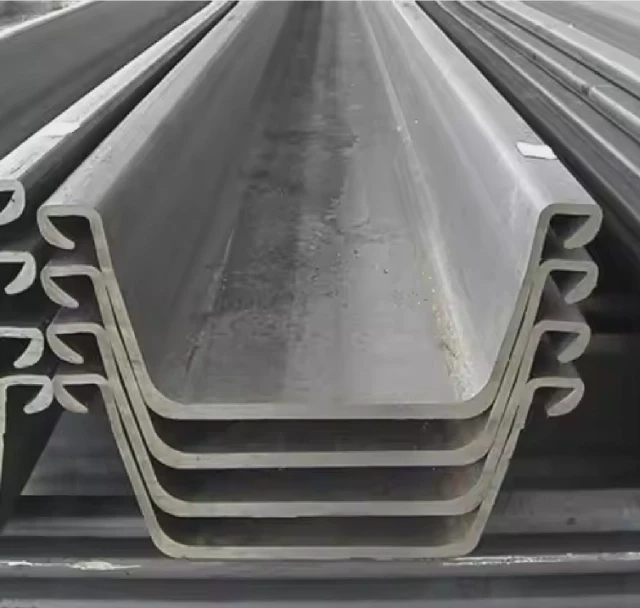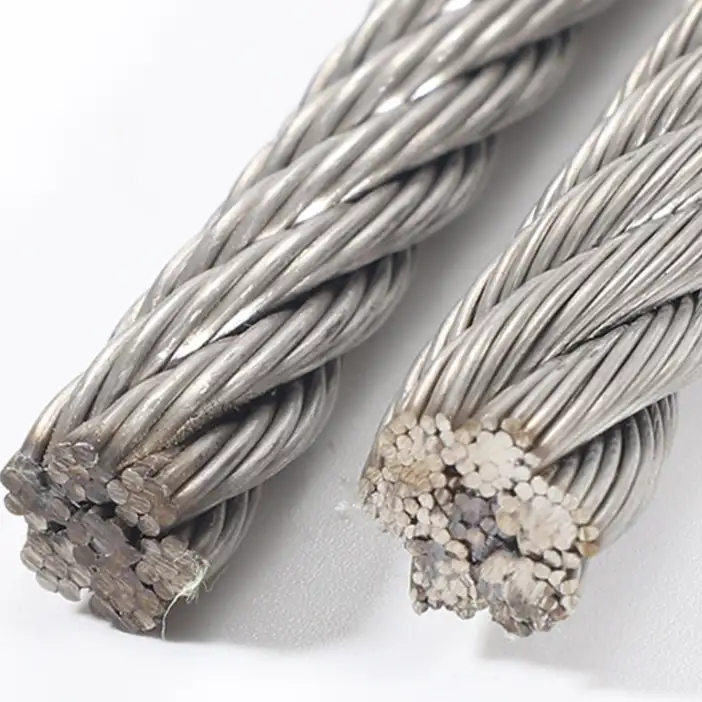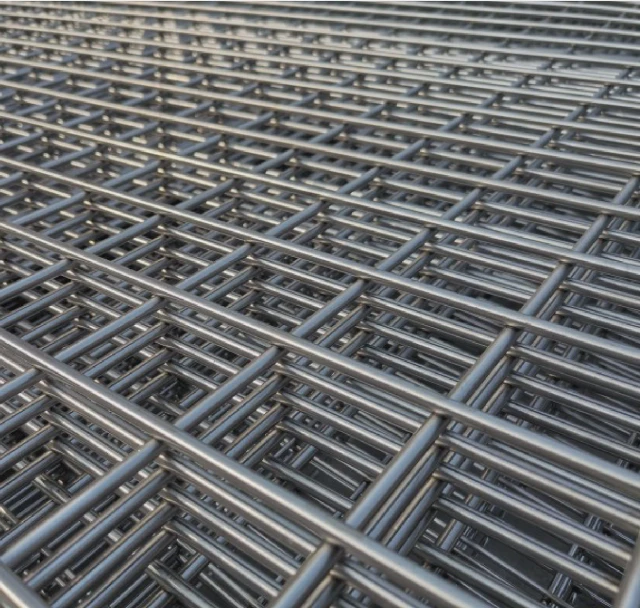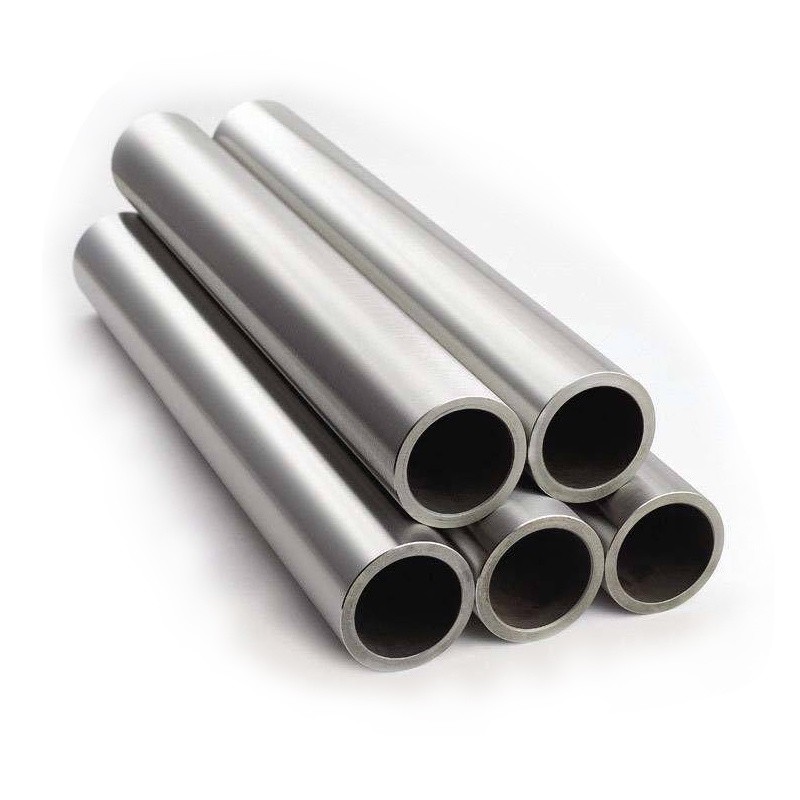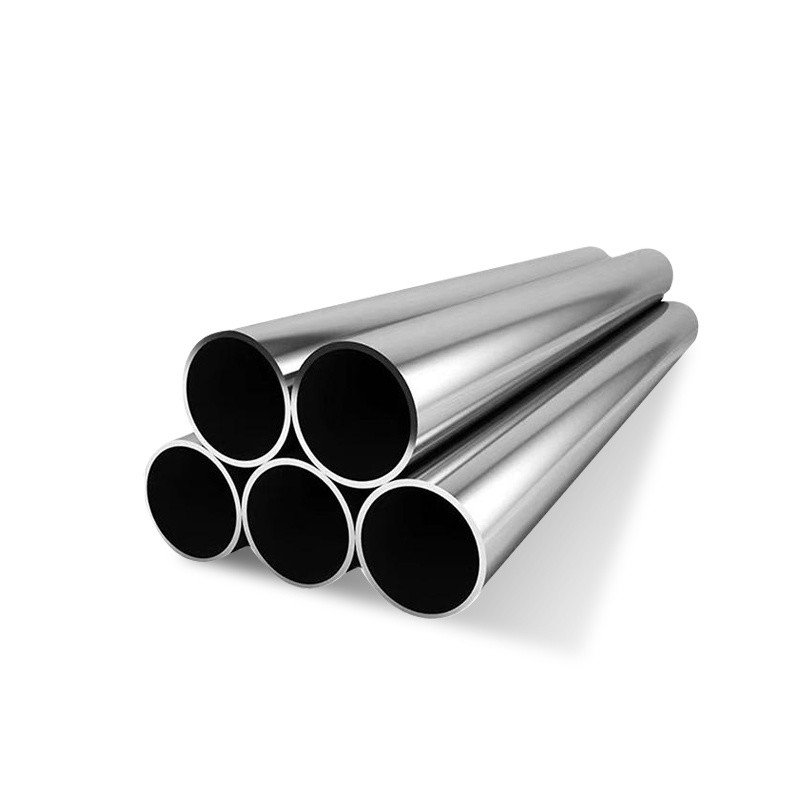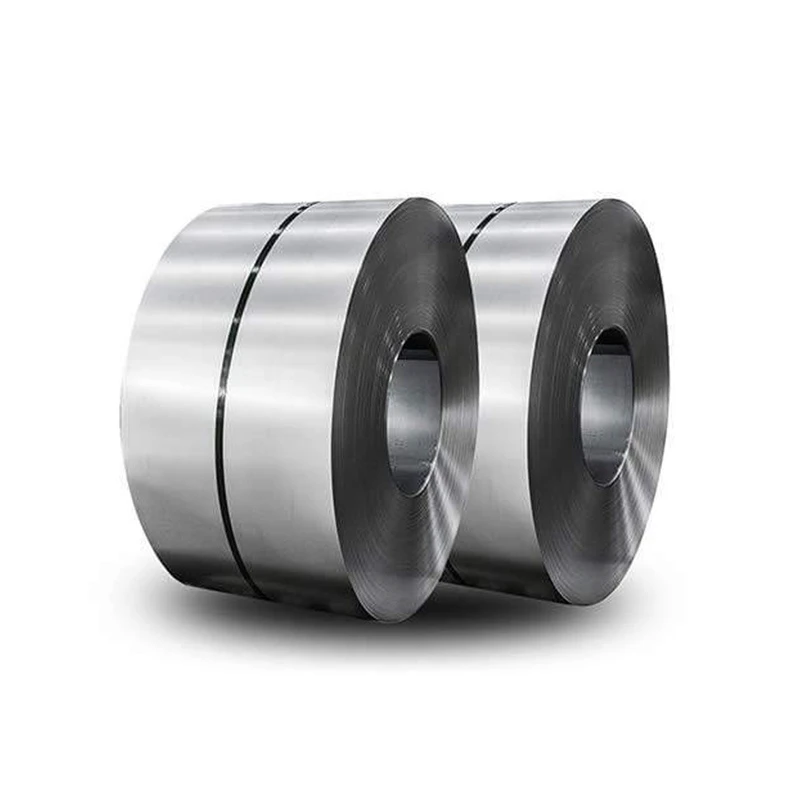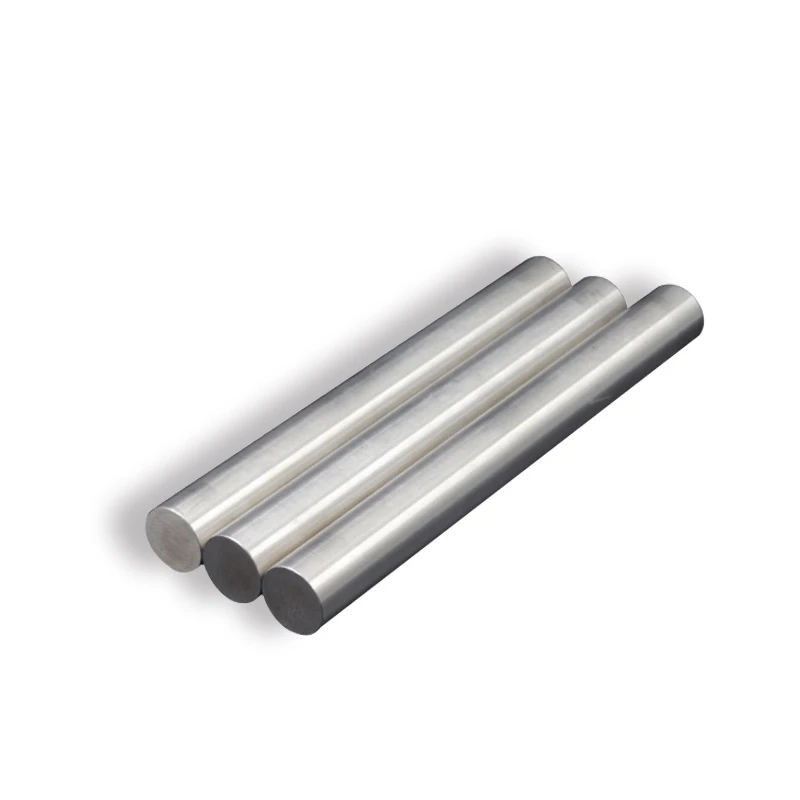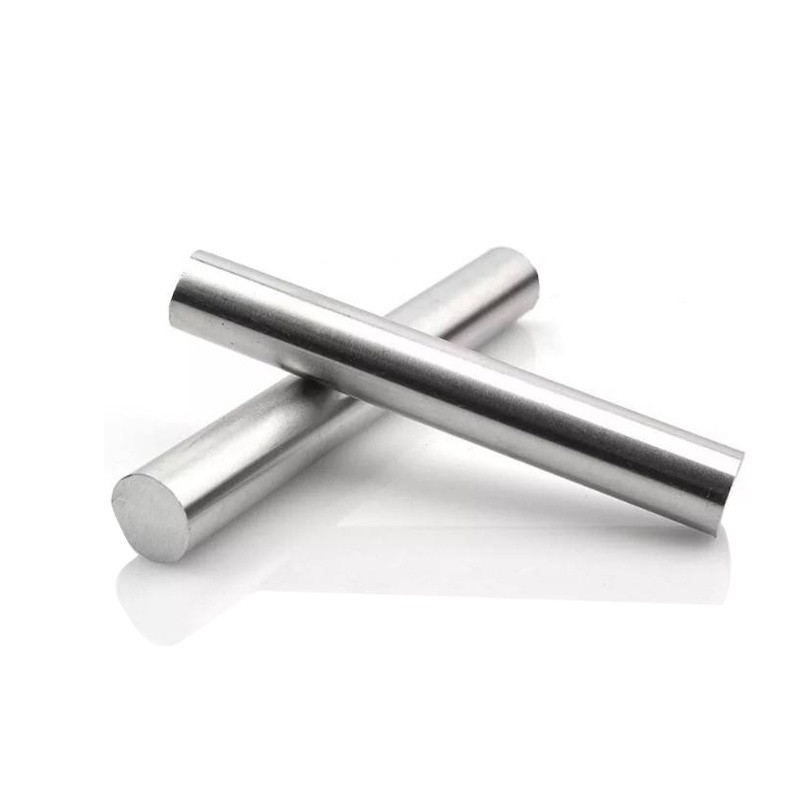
CATEGORIES
FEATURED PRODUCTS
316Ti Stainless Steel Plate
We offer this product and related grades with 100% factory direct pricing and free quotes available within 24 hours.
APPLICATION SCENARIOS

OUR ADVANTAGE

Certificate of Honor

PARTNER

Our Factory

At Luokaiwei, we produce 316Ti stainless steel plates (UNS S31635) by strategically adding titanium (0.2–0.7%) to 316-grade alloys, forming stable titanium carbides that prevent chromium depletion at grain boundaries. This titanium stabilization eliminates sensitization risks during welding or prolonged 425–815°C exposure, making our plates ideal for welded pressure vessels, acid processing equipment, and high-temperature flue gas systems where standard 316L fails. With 16–18% chromium, 10–14% nickel, and 2–3% molybdenum, 316Ti delivers robust pitting resistance (PREN ≥26) while outperforming 316L in sulfuric/phosphoric acid environments.
Performance Advantages: Where 316Ti Excels
-
Uncompromised Corrosion Resistance
-
Immune to intergranular attack in weld heat-affected zones (HAZ)—critical for chemical reactor seams and pipe joints.
-
Withstands 20% sulfuric acid, acetic acid, and tartaric acid at 80°C—surpassing 316L by 30% in corrosion fatigue life.
-
Avoid chloride-rich seawater (use 317L instead) due to Ti-induced pitting susceptibility.
-
-
Enhanced High-Temperature Strength
-
Retains 85% yield strength at 600°C (vs. 316L’s 65%)—ideal for heat exchanger baffles and furnace linings.
-
Oxidation resistance up to 870°C intermittent use; limit continuous service to ≤425°C to prevent σ-phase embrittlement.
-
-
Superior Fabrication Flexibility
-
Cold-forms smoothly (min bend radius = 2× thickness) without work hardening cracks.
-
Machinability: 40% lower cutting forces than 317L with TiAlN-coated tools.
-
Product Parameters
| Product Name | 316Ti Stainless Steel Plate |
| Type | Plate |
| Thickness | 0.3mm-200mm |
| Length | 2000mm, 2438mm, 3000mm, 5800mm, 6000mm, 12000mm, etc. |
| Width | 40mm-600mm, 1000mm, 1219mm, 1500mm, 1800mm, 2000mm, 2500mm, 3000mm, 3500mm, etc. |
| Standard | ASTM, AISI, JIS, GB, DIN, EN, etc. |
| Surface | BA, 2B, NO.1, NO.4, 4K, HL, 8K, etc. |
| Scope of Application | Widely used in high temperature and electrical industry, medical equipment construction, chemical, food industry, agriculture and ship parts, food and beverage packaging,
Kitchen supplies, trains, airplanes, conveyor belts, vehicles, bolts, nuts, springs and screens, etc. |
| Certificate | ISO, SGS, BV, etc. |
| Production Technology | Hot Rolling, Cold Rolling |
| Edge Processing | Edging, Trimming |
Technical Specifications
Table 1: Chemical Composition (Weight %)
| Element | 316Ti (ASTM A240) | 316L (Comparison) | Functional Role |
|---|---|---|---|
| C | ≤0.08 | ≤0.03 | Strength enhancer |
| Ti | ≥5×C ~ 0.70 | – | Carbide stabilizer |
| Cr | 16.0–18.0 | 16.0–18.0 | Passivation layer |
| Ni | 10.0–14.0 | 10.0–14.0 | Austenite stabilizer |
| Mo | 2.0–3.0 | 2.0–3.0 | Pitting resistance |
| Mn | ≤2.00 | ≤2.00 | Sulfide control |
| S | ≤0.030 | ≤0.030 | Machinability |
Sources: ASTM A240, EN 1.4571, JIS SUS316Ti
Table 2: Mechanical & Thermal Properties
| Property | 316Ti Plate | 316L Plate |
|---|---|---|
| Tensile Strength | ≥515 MPa | ≥485 MPa |
| Yield Strength (0.2%) | ≥205 MPa | ≥170 MPa |
| Elongation | ≥40% | ≥40% |
| Hardness (Max) | 187 HB | 217 HB |
| Density | 7.99 g/cm³ | 7.99 g/cm³ |
| Max Service Temp | 870°C | 870°C |
| Thermal Conductivity | 16.2 W/(m·K) | 16.3 W/(m·K) |
Note: 316Ti exhibits 15% higher creep strength than 316L at 600°C
Global Price Positioning (2025 Q3)
| Region | Price (USD/ton) | Key Market Drivers |
|---|---|---|
| China | $5,800–$6,500 | Volume discounts (≥20 tons), EXW terms |
| EU | $8,200–$9,000 | EN 1.4571 certification, 22% VAT |
| USA | $8,600–$9,400 | AMS 5524 compliance, distributor margins |
| Japan | $9,100–$9,900 | JIS SUS316Ti premium |
*Price volatility alert: Nickel futures rose 12% YoY—lock prices with our fixed-rate contracts for 50+ ton orders*
Critical Industry Applications
-
Chemical Processing: Reactors exposed to H₂SO₄ ≤50%, acetic acid condensers, phosphoric acid evaporators.
-
Energy & Power: FGD scrubber liners, boiler casings in coal-fired plants (resists sulfidation).
-
Pharmaceutical: Autoclave vessels, fermentation tanks requiring welded integrity.
-
High-Temperature Hardware: Kiln furniture, radiant tubes (intermittent ≤870°C use).
Avoid in marine splash zones—switch to 317L for chloride resistance >100 ppm.
Luokaiwei’s Value-Added Advantages
-
Precision Metallurgy:
-
Ti homogeneity ≤0.005% segregation—prevents "comet tail" polishing defects.
-
Solution annealing at 1050±10°C with rapid argon quenching to minimize δ-ferrite.
-
-
Certified Quality:
-
Dual compliance with ASTM A240/ASME SA-240 and EN 1.4571.
-
Mill Test Reports (MTRs) traceable to melt batches—validating Ti/C ratio ≥5:1.
-
-
Custom Processing:
-
Thickness: 0.5–150 mm (cold-rolled) / 20–250 mm (hot-rolled)
-
Surface finishes: No. 4 brushed, 2B mill, #8 mirror for cosmetic welds.
-
-
Sustainable Logistics:
-
18-day lead time to EU/US ports for 25+ ton orders.
-
DNV 2.7-1 certified packaging for nuclear applications.
-
5 Essential FAQs
-
When to choose 316Ti over 316L?
For welded structures operating in 300–800°C range (e.g., exhaust stacks) or sulfuric acid processors—Ti prevents weld decay. -
Does titanium reduce machinability?
Yes—Ti(C,N) inclusions increase tool wear by 20% vs. 316L; use coated carbide tools at 120 m/min feed. -
Can 316Ti be welded without filler additives?
No—Always use Nb-stabilized ER316Ti or ER320LR filler to prevent "knife-line" attack. -
Maximum chloride tolerance?
≤50 ppm at 25°C; for seawater pipelines, upgrade to 6% Mo alloys like 904L. -
Do you supply ASME Section VIII Div. 1 compliant plates?
All our 316Ti plates carry ASME SA-240 certification for pressure vessels up to 450°C.







